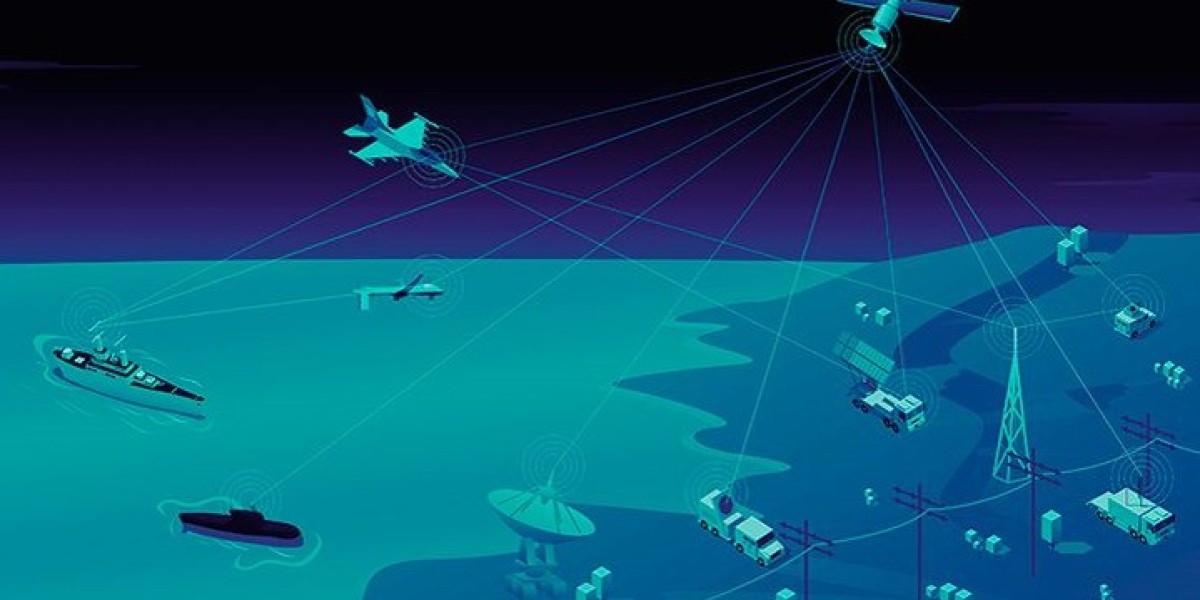In an era where technological advancements are transforming the landscape of warfare, the concept of Joint All-Domain Command and Control (JADC2) has emerged as a key paradigm in modern military operations. This sophisticated approach aims to seamlessly integrate information, resources, and capabilities across all domains, fostering a more agile, connected, and effective military force. In this blog post, we will delve into the intricacies of JADC2, exploring its significance, components, and the potential it holds for the future of defense strategies.
What is JADC2?
JADC2 stands for Joint All-Domain Command and Control, representing a comprehensive approach to military operations that transcends traditional domain boundaries. The core objective of JADC2 is to enable real-time connectivity and information sharing among all branches of the military, as well as across air, land, sea, space, and cyberspace domains. By breaking down silos and enhancing interoperability, JADC2 seeks to provide commanders with a more holistic and accurate understanding of the battlespace, allowing for quicker and more informed decision-making.
Key Components of JADC2:
Connectivity and Integration: At the heart of JADC2 is the integration of communication systems and data-sharing platforms. This involves connecting various sensors, platforms, and command centers to create a unified network that facilitates seamless information exchange. The integration of emerging technologies such as artificial intelligence (AI) and machine learning further enhances the speed and efficiency of data processing.
Data Fusion and Analysis: JADC2 relies heavily on data fusion and analysis to transform raw information into actionable intelligence. Advanced analytics help in identifying patterns, trends, and potential threats, enabling commanders to make well-informed decisions. This component is crucial for maintaining a competitive edge in today's rapidly evolving and dynamic threat landscape.
Command and Control (C2) Systems: JADC2 emphasizes the development and enhancement of command and control systems to empower military leaders with the tools needed to orchestrate complex operations. These systems enable commanders to allocate resources, manage forces, and respond swiftly to emerging threats across all domains.
Cybersecurity: With the increasing reliance on digital technologies, ensuring the security of communication networks and data becomes paramount. JADC2 places a strong emphasis on cybersecurity measures to protect against cyber threats and potential disruptions to military operations.
Benefits and Implications:
Enhanced Decision-Making: JADC2's interconnected infrastructure provides decision-makers with a comprehensive and real-time understanding of the battlespace. This enables quicker and more informed decisions, giving military forces a strategic advantage.
Improved Operational Efficiency: The integration of advanced technologies and streamlined communication processes under JADC2 enhances operational efficiency. This translates to faster response times, reduced friction between different military branches, and optimized resource allocation.
Adaptability to Emerging Threats: JADC2 is designed to be adaptable to the evolving nature of warfare. Its flexible architecture allows for the seamless integration of new technologies and strategies, ensuring that military forces can effectively counter emerging threats.
Conclusion:
As the global security landscape continues to evolve, the adoption of Joint All-Domain Command and Control represents a pivotal shift in military strategy. By breaking down traditional silos, enhancing connectivity, and leveraging advanced technologies, JADC2 promises to revolutionize the way armed forces operate. As we look toward the future, the successful implementation of JADC2 will likely play a crucial role in ensuring the agility and effectiveness of military forces in the face of increasingly complex and dynamic challenges.








